Coral reefs teem with vibrant life, but the corals are fascinating creatures. Often mistaken for plants, these hidden animals come in a dazzling array of shapes and sizes. But beneath their beauty lies a surprising diversity in hardness. Today, we’ll unveil the secrets of the top 5 hardest coral kingdoms. Get ready to explore the toughest corals on Earth, delve into the top 5 champions of hardness, and discover which corals are the hardest, and the marvels hardest coral to keep and thrive in your home aquarium (if you’re brave enough!).
Content Table
We’ll even share expert tips on fragmenting the hardest corals and uncover the factors that influence their growth in captivity. So, buckle up, and let’s explore the fascinating world of coral toughness!
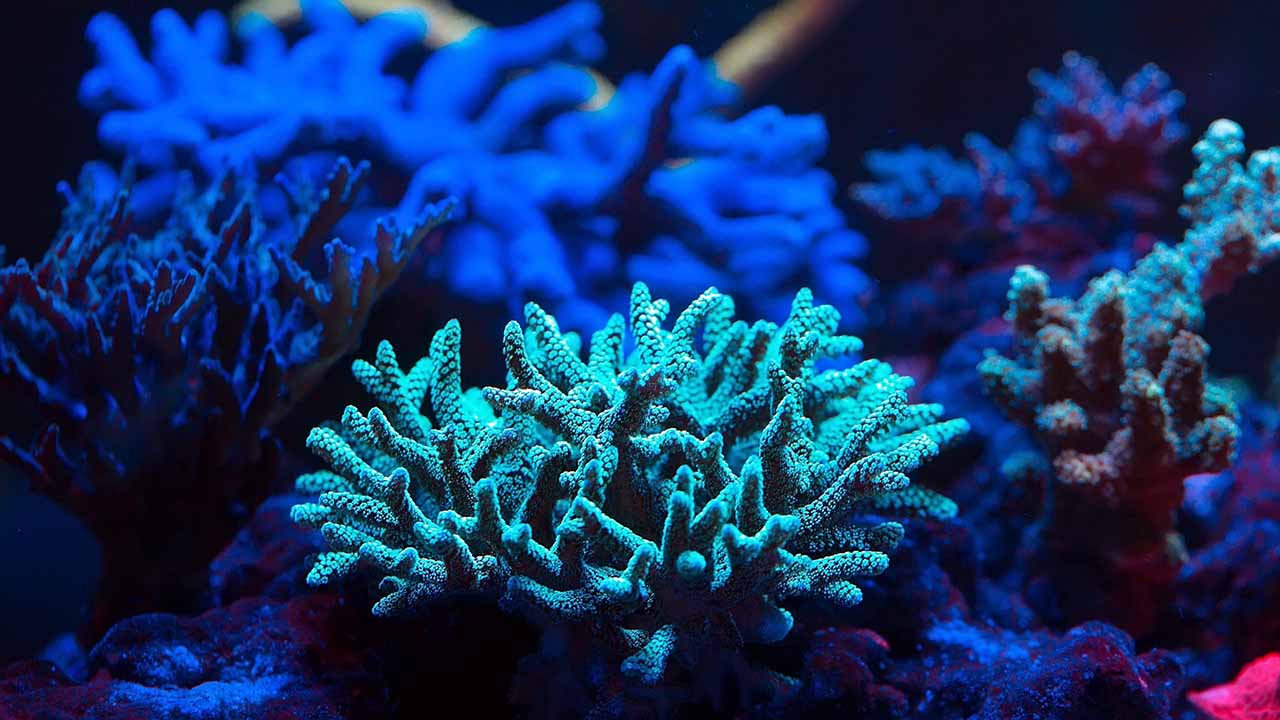
Which corals are the hardest
What Are The Different Coral Lifeforms
Coral reefs are rife with life, ranging from the smaller species such as coral. That we are mistaken about coral being a fern is just one of the things we have learned. Corals are rather small shell animals, the polyps, which live together forming colonies. These polyps gather calcium carbonate they use for secreting to build up the skeleton that will eventually increase into the well-known underwater massive structures known as coral reefs.
There are two main types of coral life forms
- Stony Corals (Scleractinia)
Among them, the reef-building corals are the most widespread. The majority of coral, though, comprises the reef-building corals. This stony corals group features calcifying unicellular organisms with a hard limestone skeleton that supports the formation of coral reefs. As many different types of staghorn and brain coral as there are, some are bushy and lacy, some are coral heads as large as your face.
- Soft Corals (Alcyonacea)
Shallow corals have no solid calcium carbonate basis and are not so rigid to swim with the currents as stony corals are. They are available in different designs and shapes, and the species that reuse sting cells possess them as the predators’ defense techniques. The soft corals, the habitat of several species, exist in various types of habitats, including the coral reefs, deep waters, and even in the Arctic.
Here are some other interesting coral lifeforms
Fire Corals (Milleporidae)
| Despite their name, the searing corals are hydrozoans (or relatives of Madracis). They completely possess plant-like features including a hard calcium carbonate skeleton as well as stinging cells that deliver a painful welt to humans. Fire corals reside in many places including coral reefs, the shallow sea, and even the deep sea. |
|
Black Corals (Antipatharia)
| Black coconuts belong to the group of soft corals due to their black or dark brown color. Shrimp, jellyfish, and squid are a few marine invertebrates that are found in deep-sea habitats – they attach themselves to rocks and surfaces that are hard. Finely structured black corals are super-slow growing and older species reach several thousand years. |
|
Blue Corals (Helioporacea)
| Blue corals are one of the fascinating blue or purple species, often identified as the soft coral. They are located on the stable bottoms, in the deeps, where the bivalves are stuck to the rocks or hard-lying surfaces. The blue corals, the species in the slow-growing category, may live for many thousand years to come. |
|
Hardest Coral
No coral species is absolutely “hardest” as hardness is a relative concept and the coral being kept by individuals could be more or less challenging based on the requirements of the coral species and the care that the keeper provides. Different types of coral are usually categorized as more or less difficult to maintain in a home aquarium depending on their fragility and aggressive behavior towards other corals. Anyhow, there are a few examples of it.
Small Polyp Stony (SPS) Corals
These corals have tiny polyps and intricate branching structures. They require very strong light, pristine water quality, and good water flow to thrive. Some examples of SPS corals include Acropora, Seriatopora, and Montipora.
- Acropora: This genus is known for its delicate branching structures and vibrant colors. They are highly sought after by reef hobbyists but are extremely difficult to keep alive due to their strict requirements.
- Seriatopora: These corals have thin branching structures that grow in a staghorn formation. They are slightly less demanding than Acropora but still require excellent water conditions.
- Montipora: These corals come in a wide variety of shapes and colors, including plating, encrusting, and branching forms. They are generally more tolerant than Acropora and Seriatopora but still require good water quality and light.
Top 5 Hardest Corals
Here are 5 contenders for the top 5 hardest corals to keep in reef tanks.
Dendronephthya
| These star-shaped morphologies don’t have any stress resistance and thus they become soft in color and amazing to see with feathery polyps that expand and contract. As a downside, these coastal zones are the home for tens of thousands of marine organisms that need high salinity, no pollution, a continuous diet with a specific type of plankton, and consistent water flow.
Because these natural conditions make a surplus of chemical reactions and help organisms grow. In addition, they are the largest and usually confront high expenses for maintenance and low chances of survival. They are therefore difficult corals to keep even for experienced aquarists. |
|
Elegance Coral (Catalaphyllia Jardinei)
| It is this LPS coral that can be compared with any other flower with its graceful tentacles; however, this flower’s splendor is only a fraction of the cost. Elegance corals have been infamously considered as being the most difficult type that is barely able to survive due to the combination of meaty food, plankton, and dissolved organic matter. Interestingly, they are affected by water quality changes easily and are not able to maintain stable water quality in their tank. |
|
Goniopora
| These corals are the LPS (large polyp stony) ones and they are characterized by their characteristic giant polyps and vibrant colors. Notwithstanding, they are also renowned for their cadaverous feeding styles which destroy neighboring corals, and they may suffer from rapid tissue decay if kept in less-than-ideal rearing conditions. While proper water parameters along with feeding coral the right diet are essential for their health, identifying and isolating sick fish in quarantine and treating them with healthy foods are indispensable for their survival as well. |
|
Acropora Millepora (Millepora dichotoma)
| This muted-colored hard coral belongs to the same family as real true-stony and has a captivating fan-shaped structure. Even though the corals are generated-transmitted and light-dependent (photosynthetic), they have a very aggressive life. All this is to say that they can sting and smother the neighboring corals. These corals require special lighting, and some of their allelopathic characteristics make reef keeping a community reef tank a complicated process. |
|
Caulastrea Furcata
| These SPS corals provide a great structure and can have many different colors, thus, they are commonly used in the hobby coral reef aquariums. They can be beautiful but suggest strong light and are very demanding to exclude their existence. They are, moreover, highly dependent on nutrients; hence, their survival is connected, and their purity requirement cannot be overstated. The lighting and water quality requirements of these cnidarians are not only challenging but moreover, they are innately difficult to deal with, even with the best possible reef keepers. |
|
How to Fragment a Hardest Coral
If you’re still interested in learning about fragmenting hard corals, here’s some general information, but it’s crucial to emphasize consulting experienced reefers or aquaculturists before attempting this.
- Preparation is key: Ensure your tank parameters (water quality, temperature, etc.) are perfect for the specific coral you want to fragment. Have sterile tools like bone cutters or coral cutters ready. Prepare a holding tank with appropriate water conditions.
- Identify a healthy fragment: Choose a healthy branch away from the main colony. Avoid areas with visible stress or discoloration.
- Make a clean cut: Quickly cut the fragment using sterile tools. The cut should be clean and straight to minimize damage.
- Dip and treat: Briefly dip the fragment in a coral dip to kill parasites or bacteria. Some experts recommend iodine dips, but this should be done with caution and proper research on the specific coral.
- Secure the fragment: Place the fragment in the holding tank securely. You can use epoxy putty or cable ties to attach it to rock rubble.
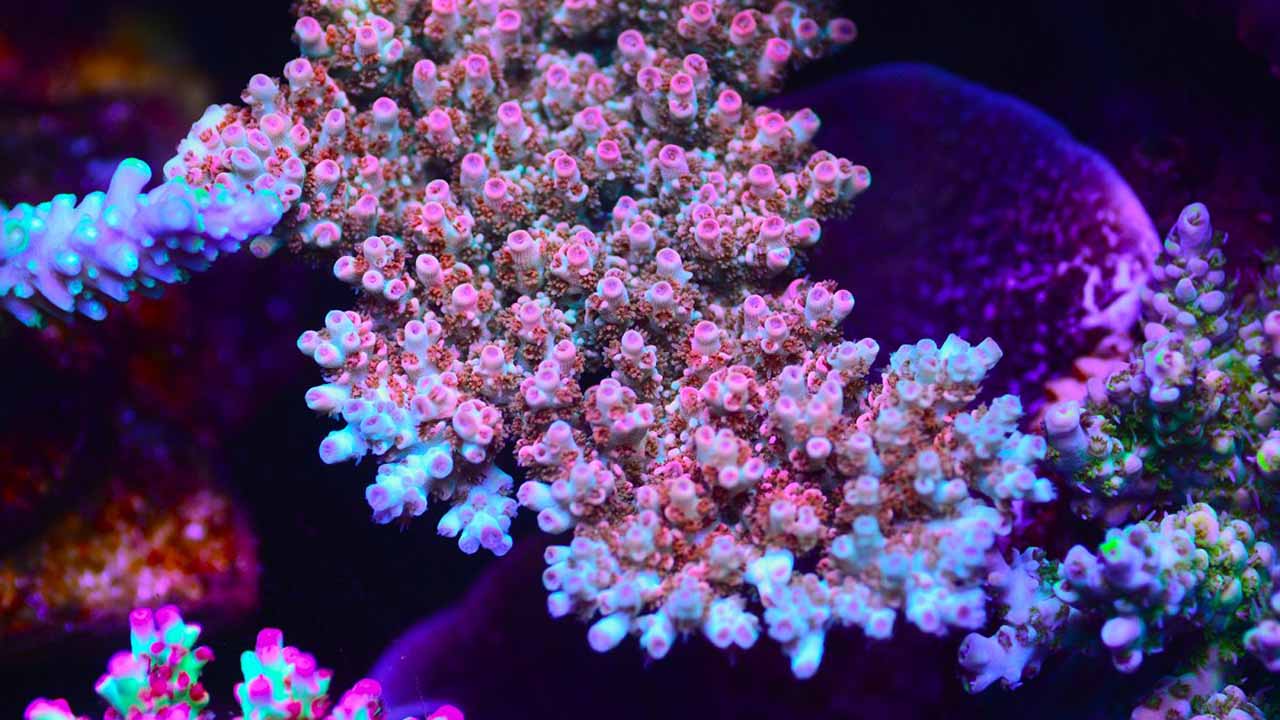
Hardest coral to keep
Factors Affect the Growth of Coral in Reef Tanks
The growth of coral in reef tanks depends on a delicate balance of several factors. Here are some of the most important ones:
Water Parameters
Corals thrive in the salinity range of 34 ppt and temperatures going between 74-82°F but may also be associated with some species requiring different pH levels ranging around 8. 1-8. 4)This amount of calcium (400-450 ppm), and alkalinity(8-12dKH) is crucial. These parameters play an important role in coral growth but changing which strains the corals have hindered their development in the process.
Nutrient Levels
In the case of different nutrients, they tend to be beneficial for the growth of coral, but at high rates, nutrients like nitrates and phosphates attack corals and algae blooms. Frequent water changes with protein skimmer addition to balance the nutrient level is another factor that encourages the survival of the fish.
Light
Corals depend on the intensity and amplitude of the light spectrum photosynthesis and development. Reduced intensity of light or an unsuitable spectrum may limit algal growth or cause corals to lose pigmentation.
Water Flow
The parameter that is crucial for the growth of corals is good water flow. It does its job by carrying the oxygen, and nutrients, at the same time, removing the waste. Inhabitants of water can suffocate the corals, and when they die, the body sends back the toxins to the waters. A balance in the flow rate is needed to avoid the erosion of coral tissue on the one hand and equatorial cut-off on the other. On the other hand, determining the rate of the flow among the tank’s inhabitants is proportional.
Feeding
The majority of corals get almost all the nutrients that they need from the cycle of trapping and storing sun rays produced by the algae living inside of their tissues (zooxanthellae) known as photosynthesis. Meeting this threshold, it can be stated that lighting is of the essence in this respect.
Supplements
Some corals also benefit from supplemental feedings with microplankton, amino acids, or other nutrient-rich foods. The specific feeding requirements vary depending on the coral species.


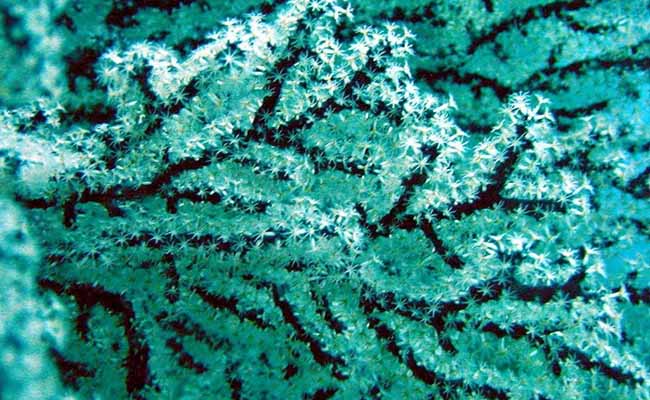

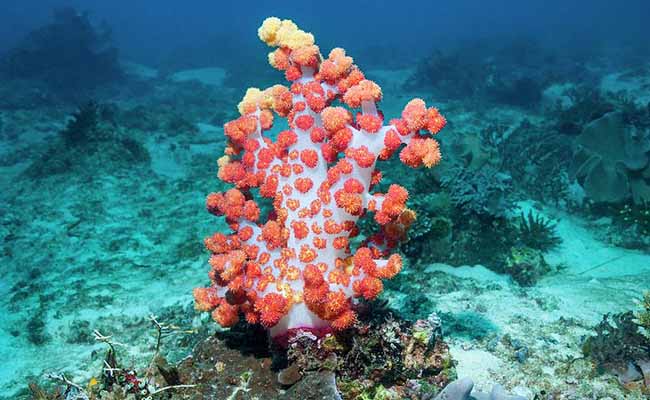
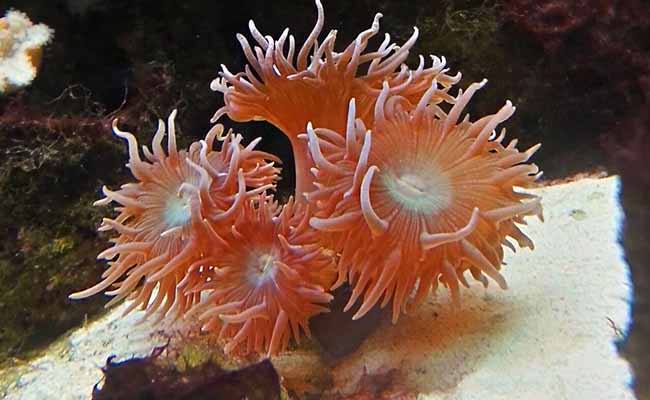
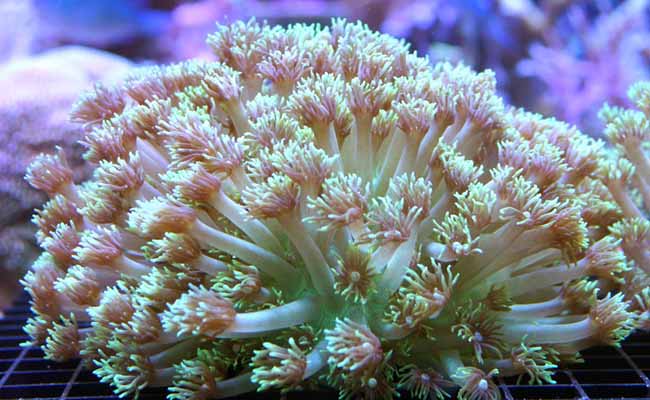
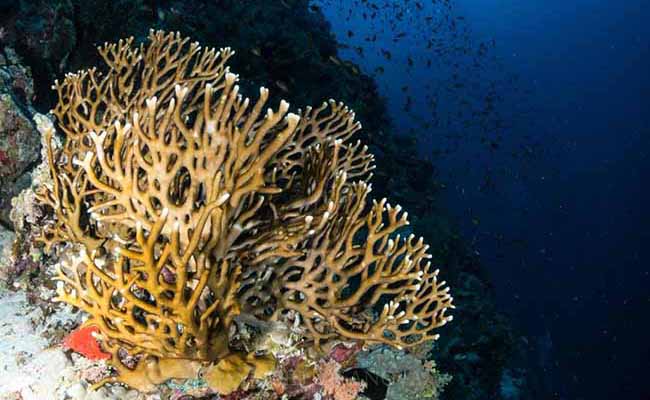
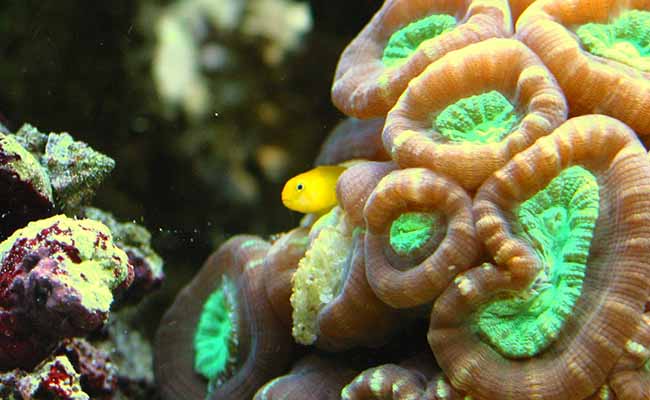


Leave a comment